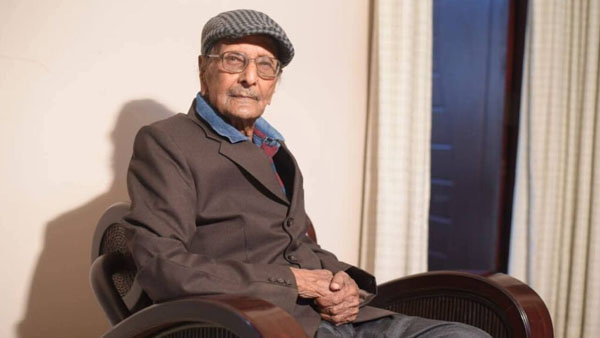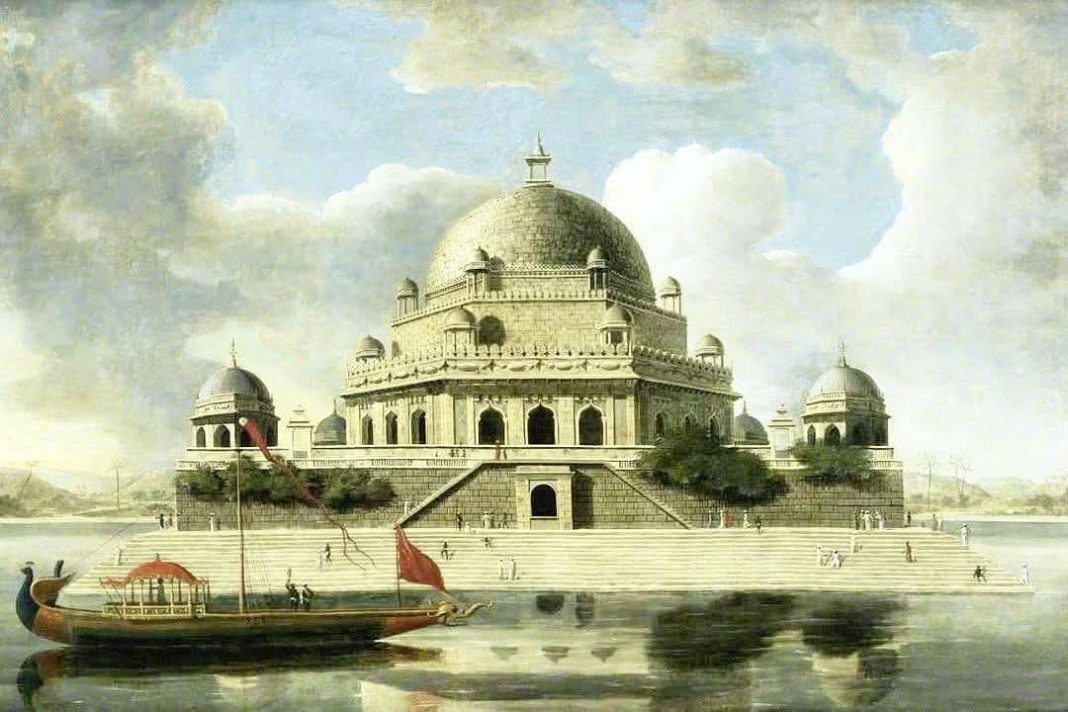By Satyabrat Borah
Imagine a bustling coastal city in India suddenly becoming the heartbeat of the world’s next big tech revolution. That is exactly what is happening in Visakhapatnam, often called Vizag, thanks to a massive partnership between Google and the Adani Group. This fifteen billion dollar deal, announced just a few weeks ago, is set to build India’s largest AI and data centre hub right there on the eastern coast. It is not just another big project. It is a game changer for the country, and Gautam Adani, the chairman of the Adani Group, has been vocal about why this matters so much for every Indian.
Gautam Adani recently shared his thoughts on this exciting venture, and his words capture the excitement perfectly. He calls it a fundamental shift in how we view national infrastructure. Back in the old days, countries built their strength on things like ports, railways, and power grids. Those are still important, no doubt. But now, in this digital age, true power comes from controlling energy, data, and computing power. Adani points out that this partnership is more than an investment in buildings and machines. It is about placing India right at the center of the global AI economy. And the best part? All the data processed here will stay in India, keeping our information secure and under our control.
Let us step back and understand what this project really involves. Google, along with AdaniConneX and Bharti Airtel, is pouring in around fifteen billion dollars over the next five years, from 2026 to 2030. This money will create a gigawatt scale data centre campus, meaning it will have enormous computing power, enough to handle the heaviest AI tasks. Think of it as a giant brain made up of thousands of superfast computers, all working together to run advanced AI models. These centres will use the same top notch technology that powers Google services we use every day, like Search, YouTube, and Gmail.
The hub will not be just one building. It spreads across multiple sites in and around Visakhapatnam, covering hundreds of acres. There will be new subsea cable landings, turning the city into a major connectivity gateway for international data flows. Airtel is helping build high speed fiber networks across the country for super low latency, which means data moves almost instantly. And Adani is handling the green energy side, building solar and wind power plants, new transmission lines, and even energy storage systems to keep everything running on clean power. This makes the whole setup sustainable and reliable, even boosting India’s overall electricity grid.
Why Visakhapatnam? It is a smart choice. The city already has a strong port and growing industrial base, thanks to Adani’s investments there. Its location on the coast is perfect for undersea cables connecting India to the rest of the world. Plus, Andhra Pradesh’s government has been supportive, aligning this with national goals like Viksit Bharat, or Developed India by 2047. Prime Minister Narendra Modi has praised it, and Google CEO Sundar Pichai discussed it directly with him. This is Google’s biggest AI hub outside the United States, showing how much faith these global giants have in India’s potential.
Now, the benefits for India are huge and touch every level, just as Adani says. First, on the economic front, this will create tens of thousands of jobs. We are talking about roles in construction, technology, clean energy, and more. Local people in Vizag will get training and opportunities in cutting edge fields. The project is expected to boost the region’s GDP massively and drive growth across Andhra Pradesh and beyond. Small businesses and startups will thrive because they will have access to world class AI tools at lower costs and faster speeds.
Then there is the tech boost. India has tons of talented engineers and developers, but we have often relied on foreign data centres, which means slower speeds and worries about data privacy. With this hub, Indian companies can train huge AI models right here. Sectors like healthcare will get better diagnostics, agriculture will see smarter farming predictions, finance will have sharper fraud detection, and logistics will run smoother. Adani highlights how this will house powerful chips like TPUs and GPUs for deep learning and neural networks. It is like giving our innovators a supercharged playground to solve real Indian problems.
Sovereignty is another big win. In the twentieth century, nations fought over oil and steel. Today, it is about data and computers. By keeping everything in India, we reduce dependence on other countries. No more sending sensitive data abroad where it might be at risk. This strengthens our digital independence and national security. Adani calls energy, data, and computation the new pillars of sovereignty. With clean energy powering it all, we are also leading in sustainability, reducing carbon footprints while growing fast.
Of course, projects this big come with challenges. Building such massive infrastructure takes time, skilled workers, and careful planning to minimize environmental impact. But the partners seem committed. Google brings its AI expertise, Adani its infrastructure muscle, and Airtel the connectivity know-how. Together, they are creating something that could make Vizag a global tech destination, attracting more investments and talent.
People across India are buzzing about this. On social media, folks are sharing images of the planned campus and quoting Adani’s vision of an investment in the soul of a rising nation. It feels inspiring, like we are finally building our own future instead of just catching up. Young students in Vizag might grow up to work on AI that changes the world. Farmers in remote villages could benefit from apps running on this very hub.
This Google Adani partnership is a proud moment for India. It shows the world that we are ready to lead in AI. As Gautam Adani puts it, Visakhapatnam is set to become a beacon of technology, empowering every Indian with twenty first century tools. With data staying home, jobs multiplying, and innovation soaring, the benefits will ripple across the country for years to come. It is not just a data centre. It is India’s bold step into a brighter, smarter tomorrow. And honestly, it makes you feel optimistic—what is possible when vision meets action.




